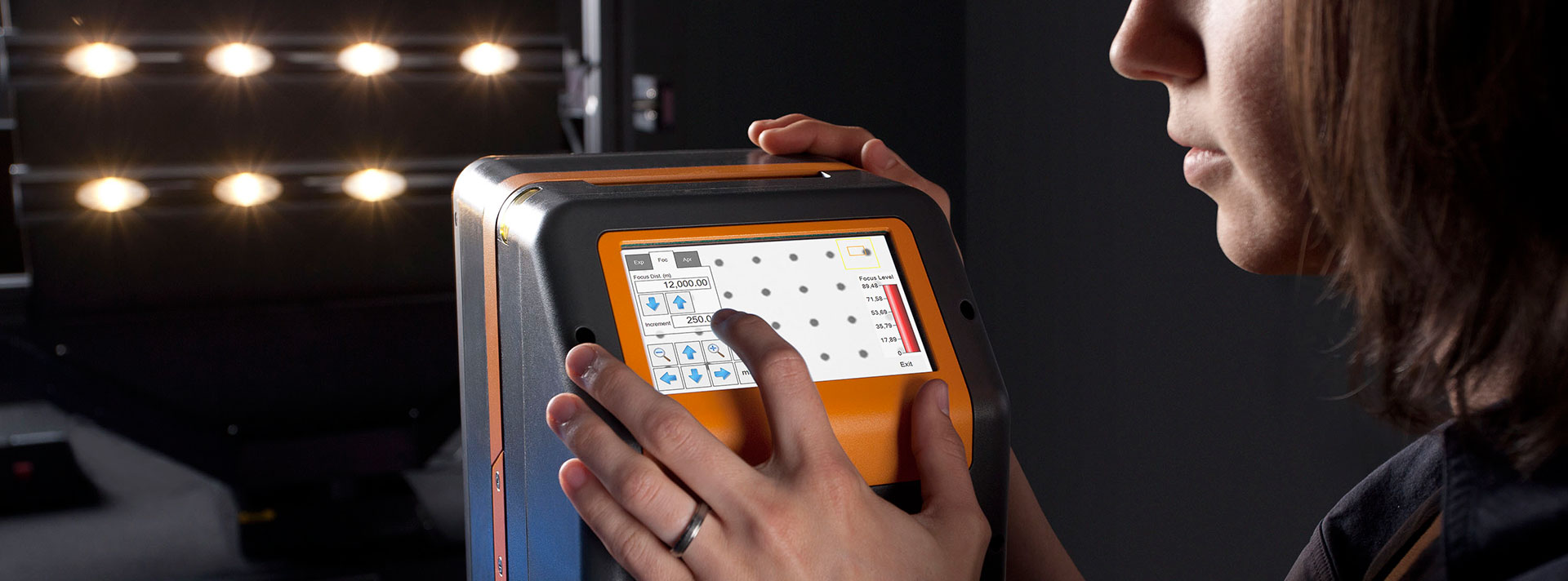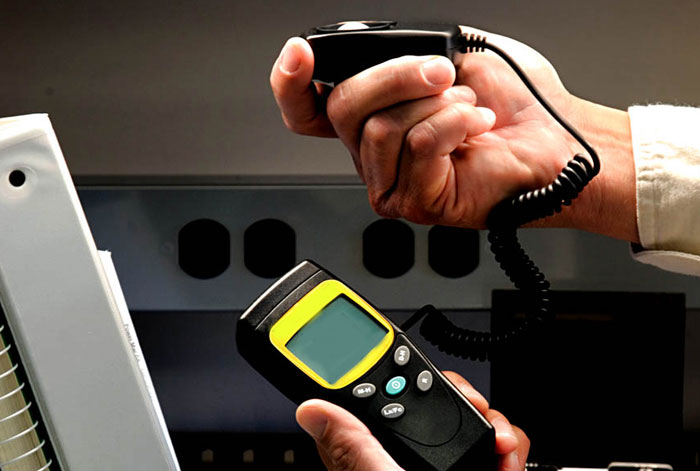




The standards for illumination values take into account the lowest average values for operation under normal conditions. However, in cases of difficult operating conditions, activities requiring high accuracy or high efficiency, reduced visual efficiency, good visualization of fine-grained objects, or low contrast of light, the luminosity values used in the workplace should be reviewed.

The basic approach in lighting is that light falls on a visual object horizontally, vertically or inclined, so as to achieve the highest contrast. The surface characteristics may be matte, glossy or different combinations or may have different reflective properties. The basic condition for visual comfort in a working environment is to determine the position of the object relative to the light direction and not to cause unpleasant glare. Dazzling luminaires or disturbing reflections cause eye strain.
In accordance with the regulations on occupational health and safety, employers must ensure the health and safety of employees. In this context, adequate illumination of the environment is also considered in order to ensure safe operation of the activities. Employers are required to provide adequate and adequate lighting in their working environment, to use natural light to the extent possible, and to provide adequate and adequate emergency lighting where necessary.
The main factors of lighting in the workplace are: hazards should be easily recognized, appropriate lighting should be provided for the works performed, different colors should be used to increase safety, there should be no flickering or glare in the light, adjacent areas should have the same lighting levels, the needs of the employees in the lighting should be taken into consideration and should not create any light health and safety risks.
The following are a few standards that are used in lighting measurements carried out by the competent authorities:
TS EN 12464 Light and lighting - Lighting of workplaces
TS EN 12665 Light and lighting - Basic definitions and criteria for lighting rules
ISO 8995-1 Lighting of workplaces
COHSR-928-1-IPG-039 Measurement of lighting levels in the workplace - Canadian occupational health protection, policies and guidance
The application is received, the contract and then the product, vehicle and vehicles for which, what kind of service is determined exactly.
The necessary laboratory environment is prepared and the products, tools and instruments requested by the organization are tested by experts with the reference of the existing standards and measurements are made.
The data obtained as a result of meticulously completed tests, measurements and analyzes are evaluated and accredited approved reports are submitted by expert engineers.
To get an appointment, to get more detailed information or to request an evaluation, you can ask us to fill in our form and reach you.